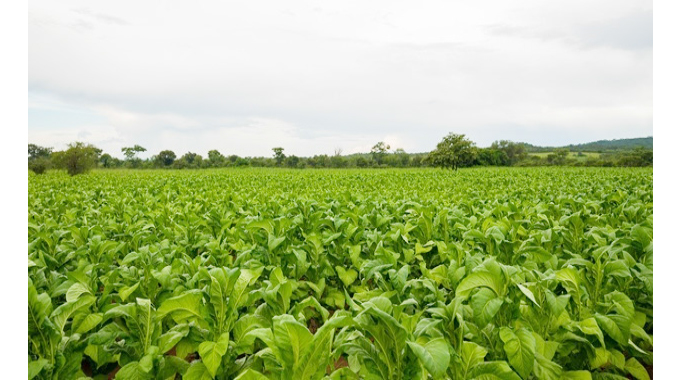Beverages, tobacco sectors top in job creation

Business Reporter
DRINKS and tobacco subsectors recorded the highest increase in employment creation from as low as seven percent in 2020 to 59 percent in 2021.
The two sub-sectors also registered the highest percentage of operators who realised a jump in sales with average 88 percent.
This is contained in the 2021 Manufacturing Sector Survey Report, which was issued by the Confederation of Zimbabwe Industries (CZI) on Wednesday.
While the overall industry capacity utilisation rose to 56,52 percent, the drinks and tobacco subsectors registered a 63 percent capacity jump up from 43 percent in 2020.

Tobacco Production
The report states that about 57 percent of the manufacturing sector firms registered an increase in sales with the drinks and tobacco sub-sector recording an 82 percent in output, the highest percentage increase during the period compared to 2020.
Textiles and ginning also fared well with 71 percent capacity utilisation compared to 45 percent in the previous year.
On jobs created in the period under review, the subsector saw a massive increase from 22 percent in 2020 to 72 percent last year as the economy continues to show strong signs of progress toward recovery.
The report said clothing and footwear registered a steady rise in capacity utilisation from 47 percent in 2020 to 58 percent last year.

Tobacco crop
The rise in capacity utilisation was also matched by employment creation up from 19 percent to 61 percent.
According to the report the overall capacity utilisation in the manufacturing sector jumped to 56,52 percent in 2021 from 47 percent in 2020 largely driven by increased investments in the industry.
CZI said surveyed firms invested US$147 million towards new capacity, with the funds largely coming from the Reserve Bank of Zimbabwe’s (RBZ’s) foreign currency auction system.
On technology upgrade, 49 percent of sectors surveyed revealed that they did not upgrade while 47 percent upgraded and four percent downgraded.
The foodstuff sector took the lead in upgrading with 54 percent, wood and furniture at 50 percent while textiles and ginning settled at 42 percent.
Several studies have shown that most local firms lack a competitive edge in the international market because of ageing technology, which is costly and inefficient.











Comments